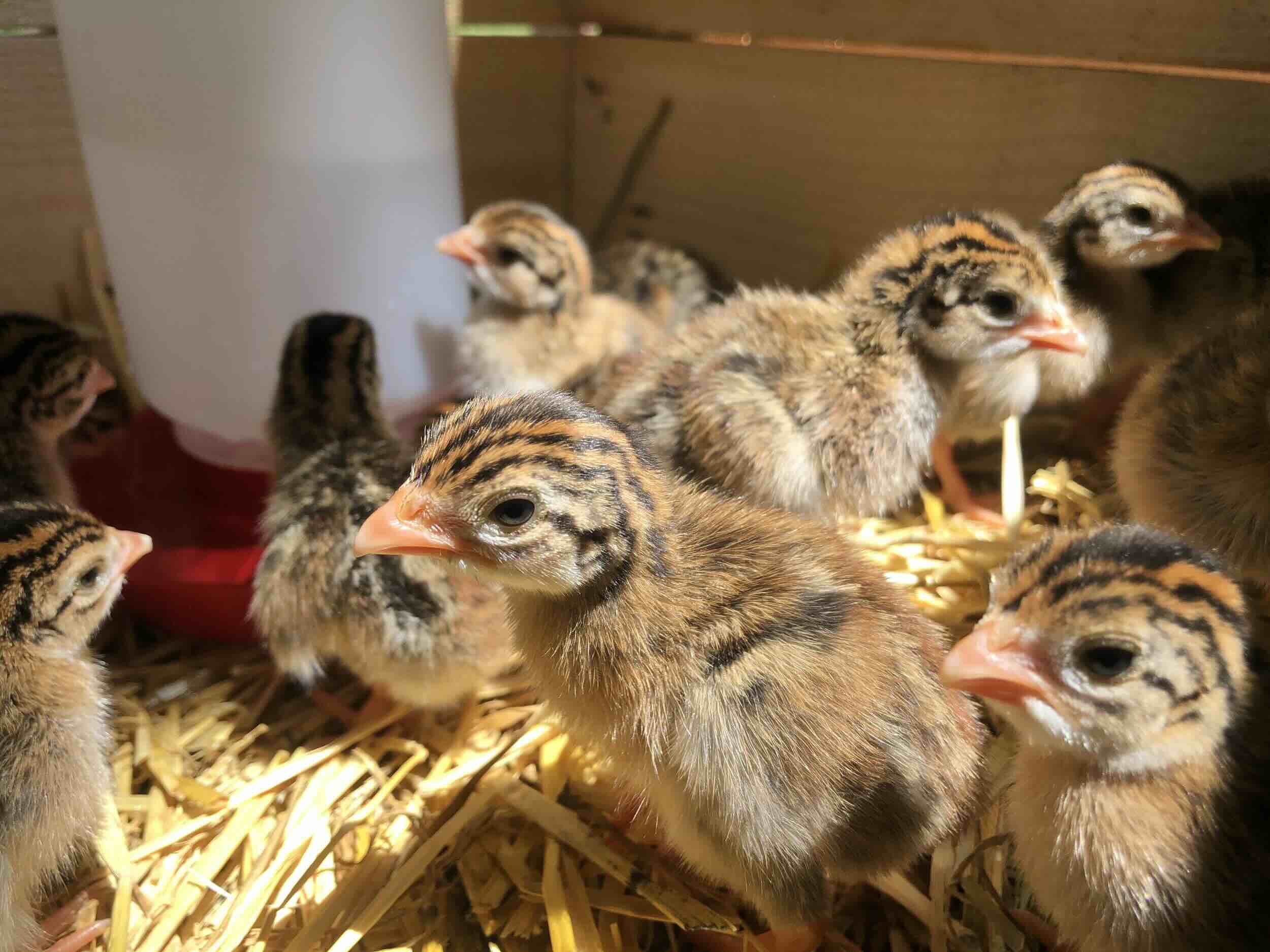

Furniture
How Long Do Guinea Keets Need A Heat Lamp
Modified: January 3, 2024
Discover how long guinea keets need a heat lamp and ensure their comfort with proper furniture. Get expert tips and advice for raising healthy guinea fowls.
(Many of the links in this article redirect to a specific reviewed product. Your purchase of these products through affiliate links helps to generate commission for Storables.com, at no extra cost. Learn more)
Introduction
Welcoming a new batch of guinea keets into your life can be an exciting and rewarding experience. These adorable little birds require special care, especially during their early stages of development. One crucial aspect of their care is providing them with an appropriate heat source, such as a heat lamp.
Guinea keets are hatched with underdeveloped feathers and an inability to regulate their body temperature effectively. In their natural habitat, the mother guinea hen would keep her keets warm by brooding them under her wings. However, when raising guinea keets in captivity, it is essential to recreate this warm and cozy environment artificially.
A heat lamp serves as a substitute for the mother hen’s warmth and plays a vital role in the healthy growth and development of guinea keets. By providing a consistent heat source, you can ensure that they remain comfortable and thrive during their most vulnerable stage.
In this article, we will explore the optimal duration for using a heat lamp with guinea keets. We will delve into the factors that influence this duration and provide guidance on how to monitor and adjust heat levels as your keets grow.
Understanding the needs of guinea keets and providing them with the right environment right from the start will set them up for a healthy and happy life. Let’s dive in and discover how long guinea keets typically need a heat lamp!
Key Takeaways:
- Guinea keets typically need a heat lamp for 4 to 6 weeks after hatching to mimic the warmth of a mother hen. Monitoring their behavior and feather development helps determine when they’re ready to transition to self-regulating their body temperature.
- Factors such as temperature, feather development, brooder size, keet behavior, and overall health influence the duration for which guinea keets need a heat lamp. Observing their comfort levels and making necessary adjustments ensures their well-being during their vulnerable stage.
Read more: How Long Do Quail Need A Heat Lamp
Understanding Guinea Keets
Before we discuss the duration for which guinea keets need a heat lamp, it is important to have a clear understanding of these adorable feathered creatures. Guinea keets, also known as guinea fowl chicks, are the young offspring of guinea hens. They are incredibly cute and fragile during their early stages of life.
Guinea keets are known for their small size, soft down feathers, and complex social behaviors. They are highly social birds and prefer to stick together in a group, commonly referred to as a “brood”. This instinctive behavior helps them feel secure and navigate their surroundings more effectively.
When guinea keets are initially hatched, they exhibit limited mobility and rely on their brood for warmth, protection, and guidance. It is important to replicate these natural conditions in captivity to ensure their well-being.
Guinea keets grow rapidly during their first few weeks of life. They undergo a remarkable transformation, developing feathers, strengthening their bodies, and improving their ability to regulate their internal temperature. However, during this initial phase, they are still highly vulnerable and require the right conditions to thrive.
By understanding the unique characteristics and needs of guinea keets, we can provide a suitable environment that promotes their healthy growth and development.
The Importance of Heat
Heat is a crucial element in the early stages of a guinea keet’s life. As mentioned earlier, guinea keets are not capable of regulating their body temperature effectively when they are first hatched. This is why providing supplemental heat, typically in the form of a heat lamp, is essential.
The heat serves several important purposes. Firstly, it keeps the guinea keets warm, mimicking the natural warmth provided by the mother hen’s brooding. This warmth is vital for their overall health and well-being, as it helps them conserve energy and directs their metabolic processes towards growth and development.
Secondly, the heat helps stimulate their appetite and digestion. When guinea keets are warm, they are more inclined to eat and drink, which is crucial for their nutritional needs. Proper nutrition is essential for their physical growth and the development of strong feathers and healthy internal organs.
Lastly, the heat provides a sense of security and comfort for the guinea keets. By recreating the cozy environment they experienced in the brood, the heat lamp can minimize stress and anxiety. This is particularly important during their early days when they are adjusting to their new surroundings and building their resilience.
Without the appropriate heat source, guinea keets may experience health issues such as hypothermia, poor growth, weakened immune system, and even mortality. Therefore, it is vital to provide a consistent and suitable heat source to ensure their well-being.
Now that we understand the importance of heat for guinea keets, let us delve into determining the duration for which they need a heat lamp.
Determining the Duration for Heat Lamp
The duration for which guinea keets need a heat lamp depends on several factors, including their age, feather development, and environmental conditions. Understanding these factors can help us determine the appropriate length of time to provide heat to the keets.
When guinea keets are first hatched, they have minimal feather coverage and are unable to generate enough body heat to maintain their internal temperature. For this reason, they require a heat lamp for the first few weeks of their lives.
Typically, guinea keets need a heat lamp for around 4 to 6 weeks. During this time, their feathers gradually grow and provide better insulation, enabling them to retain heat more effectively. As they develop their feathers, their reliance on the heat lamp decreases.
It is important to monitor the temperature around the keets and make adjustments accordingly. The ideal temperature for young guinea keets is around 95°F (35°C) during their first week, gradually reducing by 5°F (2.8°C) each week. This gradual decrease mimics the natural climate changes they would experience in the wild.
Keep in mind that these temperature guidelines are general recommendations, and individual keets may have slightly different needs. Paying attention to their behavior and comfort levels will provide valuable insights. If the keets huddle together too much or appear lethargic, it may indicate that they are cold and need additional heat. On the other hand, if they actively try to move away from the heat source or spend more time away from it, it may indicate that they are ready for a lower temperature.
As the guinea keets grow and feather development progresses, they will gradually become less dependent on the heat lamp. By observing their behavior and feather coverage, you can determine when it is safe to remove the heat lamp altogether.
Remember that it is always better to err on the side of caution and provide a heat lamp for a longer period if you are uncertain. Guinea keets are highly sensitive to temperature fluctuations, and sudden exposure to colder temperatures can have adverse effects on their health.
In the next section, we will further explore the factors that can influence the duration for which guinea keets need a heat lamp.
Guinea keets need a heat lamp for the first 6 weeks of their life to maintain a temperature of 95-100°F. After 6 weeks, you can gradually reduce the heat until they are fully feathered.
Factors that Affect the Duration
While the general guideline for using a heat lamp with guinea keets is 4 to 6 weeks, several factors can affect the duration for which they need the heat source. Understanding these factors will help you determine the optimal length of time to provide the heat lamp for your guinea keets.
1. Temperature: The ambient temperature plays a significant role in determining the duration for which guinea keets need a heat lamp. If you live in a colder climate or the temperature inside the brooder is lower than recommended, the keets may require an extended period of heat. Conversely, if you live in a warmer climate or the temperature in the brooder is higher than recommended, the keets may need the heat lamp for a shorter duration.
2. Feather development: Guinea keets rely on their feathers for insulation and regulating their body temperature. The rate of feather growth can vary slightly among individuals, so it’s important to observe their feather development. Once the keets have grown a substantial amount of feathers, they will be better equipped to regulate their body temperature and may require less heat from the lamp.
3. Brooder size: The size of the brooder plays a role in heat distribution. If you have a larger brooder with more space, the heat may disperse more quickly, requiring a longer duration for the heat lamp. Conversely, if you have a smaller brooder, the heat may be contained more efficiently, potentially allowing you to reduce the duration of the heat lamp.
4. Keet behavior: Pay attention to the behavior of the guinea keets. If they consistently seek out the heat lamp and huddle together, it indicates that they still need the warmth provided by the lamp. On the other hand, if they actively move away from the heat source and spend more time exploring and venturing away from the lamp, it suggests that they are becoming more independent and may not require as much heat.
5. Health and growth: The overall health and growth of the guinea keets can influence the duration for which they need a heat lamp. If they are growing at a slower rate or exhibit any health issues, they may benefit from extended heat to support their well-being.
Remember that these factors are not definitive rules, but rather considerations to help you make informed decisions. It’s essential to monitor the behavior, development, and comfort levels of the guinea keets regularly and make adjustments accordingly.
In the next section, we will discuss monitoring and adjusting the heat levels for your guinea keets.
Read more: How Long Do Pigs Need A Heat Lamp
Monitoring and Adjusting Heat Levels
Monitoring and adjusting the heat levels for your guinea keets is crucial to ensure their comfort and well-being. By closely observing their behavior and making necessary adjustments, you can provide them with the optimal temperature for their growth and development.
It’s important to have a reliable thermometer in the brooder to accurately monitor the temperature. Place the thermometer at the height of the keets’ level to get an accurate reading of their immediate environment.
During the first week, maintain a temperature of around 95°F (35°C) in the brooder. As the guinea keets grow and develop, reduce the temperature by approximately 5°F (2.8°C) each week. This gradual decrease simulates the natural climate changes they would experience in the wild.
Watch for signs of discomfort or distress in the keets. If they huddle closely together directly under the heat lamp and seem restless, it may indicate that they are too cold. In this case, you may need to adjust the height or intensity of the heat lamp or provide additional heat sources such as a heating pad.
Conversely, if the keets actively avoid or move away from the heat lamp, it may suggest that they are too warm. To maintain a suitable temperature, raise the heat lamp higher or reduce the intensity of the bulb. You may also consider providing areas within the brooder that are partially shaded or cooler to allow the keets to regulate their own body temperature.
Remember that each brooder setup is unique, and the ideal temperature can vary. Make adjustments based on the behavior and comfort level of your guinea keets, providing a balance between warmth and the opportunity for them to acclimate to slightly lower temperatures over time.
Regularly monitor the behavior, pecking order, and overall health of the keets. A healthy and comfortable brood will exhibit active exploration, healthy appetites, and social interaction. If you notice any signs of distress, such as lethargy, excessive chirping, or abnormal behavior, it may indicate inadequate heat levels or other health issues.
By maintaining a careful balance of heat and observing the behavior of your guinea keets, you can ensure their comfort and overall well-being.
In the next section, we will discuss signs that indicate your guinea keets are ready to have the heat lamp removed.
Signs of Readiness to Remove Heat Lamp
As your guinea keets continue to grow and develop, there will come a time when they are ready to have the heat lamp removed. It’s important to recognize the signs that indicate they no longer require the additional heat source.
1. Feather development: One of the primary indicators that your guinea keets are ready to have the heat lamp removed is the level of feather development. Once they have grown a substantial amount of feathers, especially on their wings and back, they have improved insulation and can better regulate their body temperature. Feathers provide natural protection and warmth, reducing their reliance on external heat sources.
2. Comfort away from heat source: Observe the behavior of your guinea keets in relation to the heat lamp. If you notice that they spend more time away from the heat source, exploring different areas of the brooder, and no longer huddle together directly under the lamp for extended periods, it’s a sign that they are becoming more independent and can tolerate lower temperatures. This behavior indicates their readiness to have the heat lamp removed.
3. Active and healthy behaviors: A healthy brood of guinea keets will exhibit active behaviors, such as playfully hopping, foraging, and interacting with one another. They will have good appetites, vigorous chirping, and alert postures. If your guinea keets display these active and healthy behaviors consistently, it suggests that they are thriving and may no longer require the supplemental heat from the lamp.
4. Adequate body weight: Monitor the weight gain of your guinea keets. As they grow, they should be gaining weight steadily and maintaining a healthy body condition. If they are gaining weight appropriately and showing signs of normal growth, it indicates that their metabolic processes are functioning well, and they are adapting to the surrounding temperature without excessive reliance on external heat.
5. Stable ambient temperature: Consider the ambient temperature of the room or outdoor space where the guinea keets are housed. If the temperature remains relatively stable and falls within the recommended range for guinea fowl, it may be easier for the keets to adjust without the heat lamp. However, ensure that sudden drops or significant temperature fluctuations do not occur before removing the heat source.
It’s important to note that each brood of guinea keets may have slight variations in their development and readiness to have the heat lamp removed. Monitoring their behavior, feather development, and overall well-being will help guide your decision-making process.
Once you have determined that your guinea keets are ready, you can gradually wean them off the heat source by reducing the intensity of the heat lamp or raising it higher. Allow them to acclimate to slightly lower temperatures over time to ensure a smooth transition.
By recognizing these signs of readiness and providing the appropriate care, you can ensure a seamless transition for your guinea keets to thrive without the need for a heat lamp.
As we conclude this article, we hope you now have a better understanding of how long guinea keets typically need a heat lamp and the factors to consider in determining their specific duration. Remember, providing a warm and nurturing environment in their early stages of life will set them up for a healthy and happy adulthood.
Conclusion
Raising guinea keets can be a delightful and rewarding experience, but it comes with the responsibility of providing them with proper care, including a suitable heat source. Understanding the needs of guinea keets and the duration for which they need a heat lamp is essential to ensure their well-being and healthy development.
Guinea keets require a heat lamp for approximately 4 to 6 weeks after hatching. During this time, the heat lamp serves as a substitute for the natural warmth provided by the mother hen’s brooding. It keeps the keets warm, stimulates their appetite, and provides a sense of security and comfort.
The duration for which guinea keets need a heat lamp can be influenced by factors such as temperature, feather development, and the size of the brooder. By monitoring their behavior, feather growth, health, and comfort levels, you can make adjustments to the heat levels as needed.
Once your guinea keets exhibit signs of readiness, including substantial feather development, comfort away from the heat source, active and healthy behaviors, and adequate body weight, it may be time to remove the heat lamp. Gradually weaning them off the heat source ensures a smooth transition to self-regulating their body temperature.
Remember to always prioritize the well-being of your guinea keets. If you are unsure about removing the heat lamp or if the keets show signs of discomfort or stress, it is best to maintain the heat source for a longer duration.
Providing the appropriate care for your guinea keets during their early stages of life sets them up for a healthy and happy adulthood. By understanding their unique needs, monitoring their behavior, and adjusting the heat levels accordingly, you can create an optimal environment for their growth and development.
Now that you have a comprehensive understanding of how long guinea keets typically need a heat lamp, you can confidently embark on your journey of raising and nurturing these adorable feathered creatures. Enjoy the experience and cherish the moments as you witness your guinea keets grow into beautiful and thriving birds!
Frequently Asked Questions about How Long Do Guinea Keets Need A Heat Lamp
Was this page helpful?
At Storables.com, we guarantee accurate and reliable information. Our content, validated by Expert Board Contributors, is crafted following stringent Editorial Policies. We're committed to providing you with well-researched, expert-backed insights for all your informational needs.
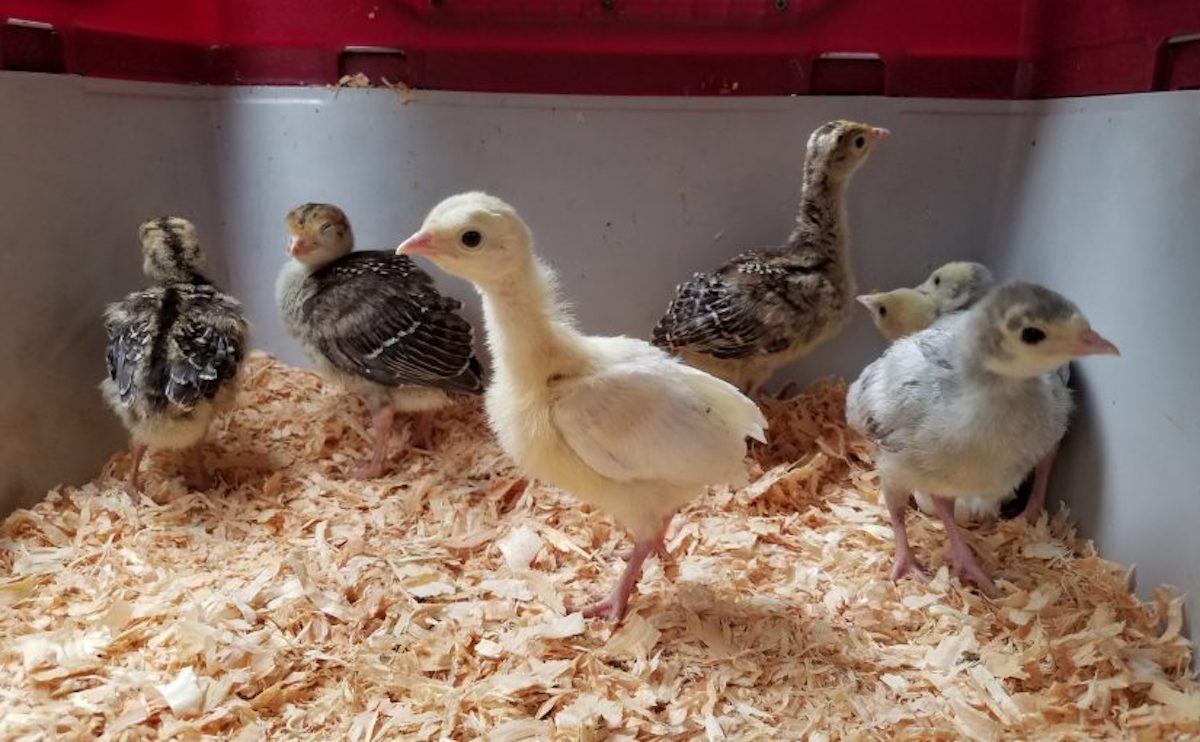
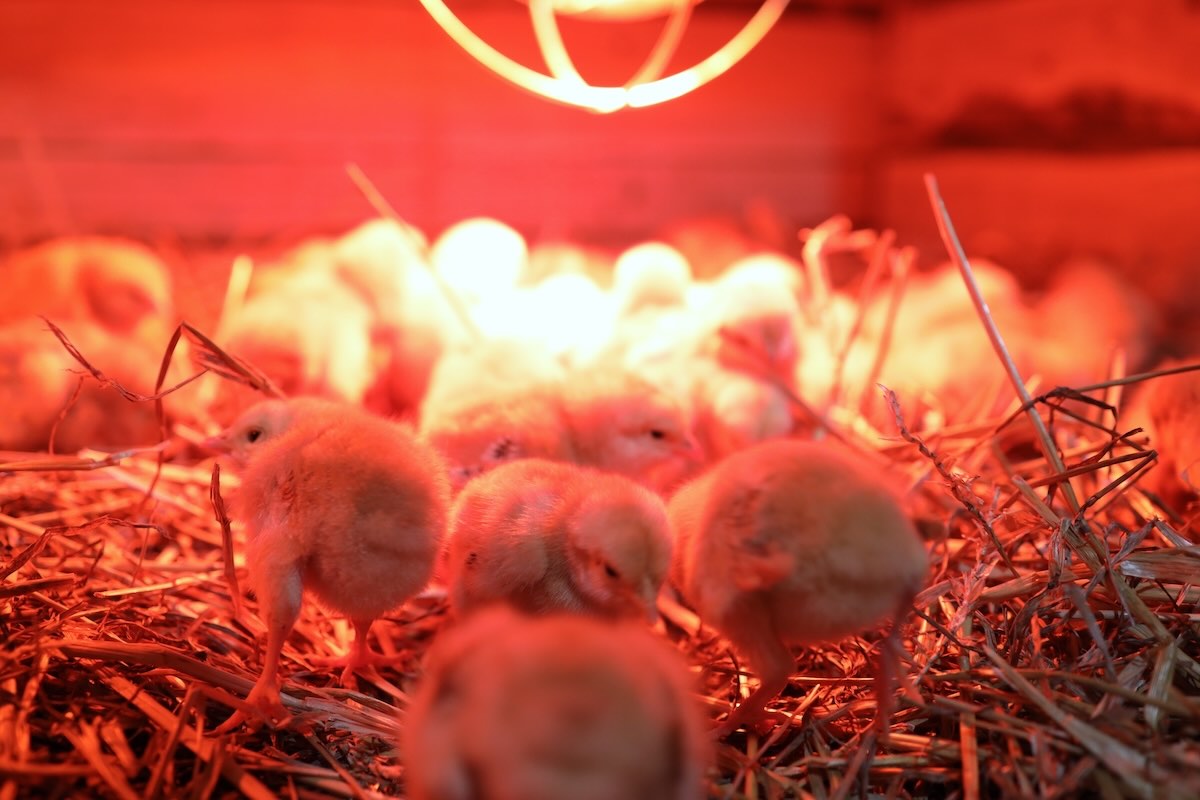
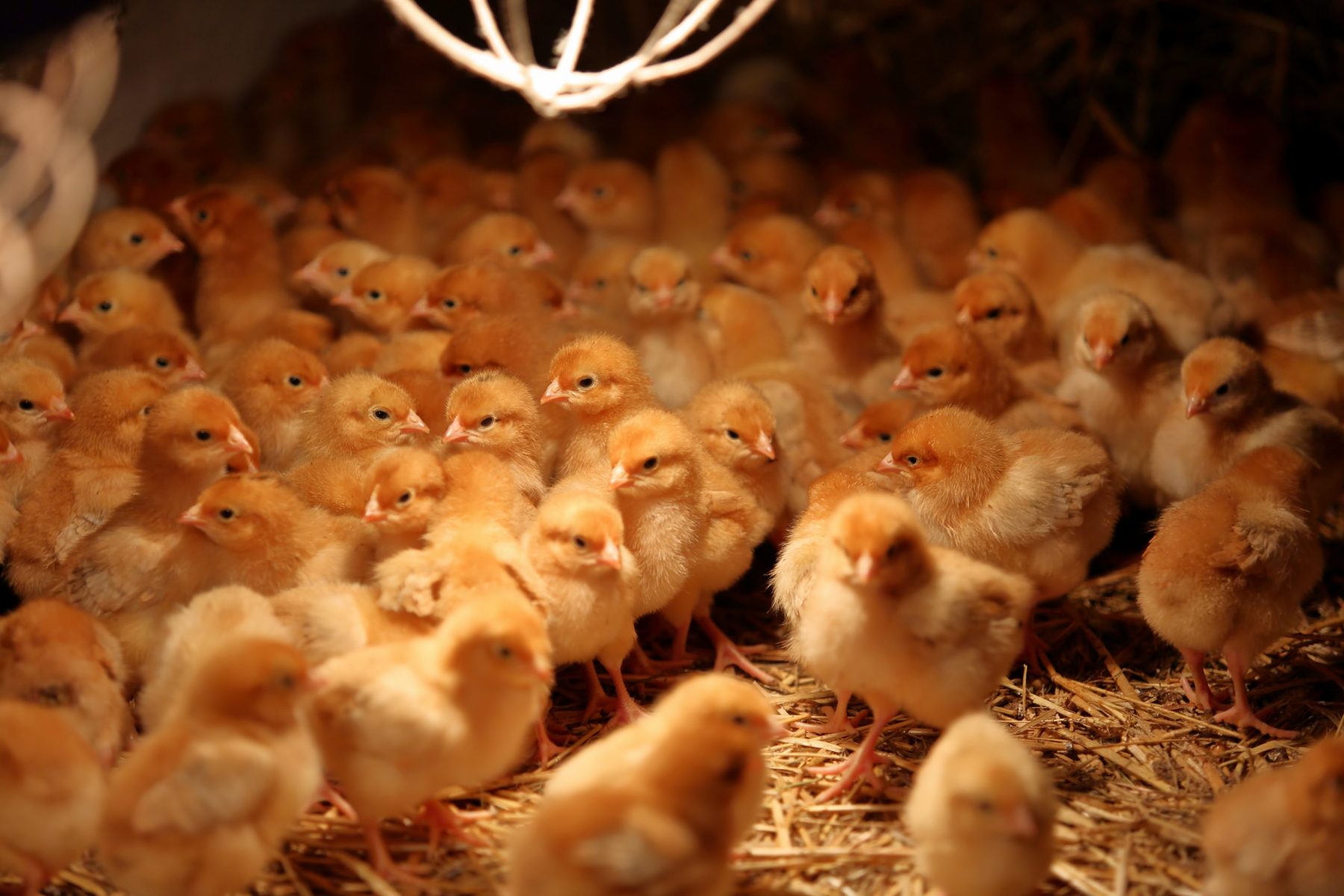
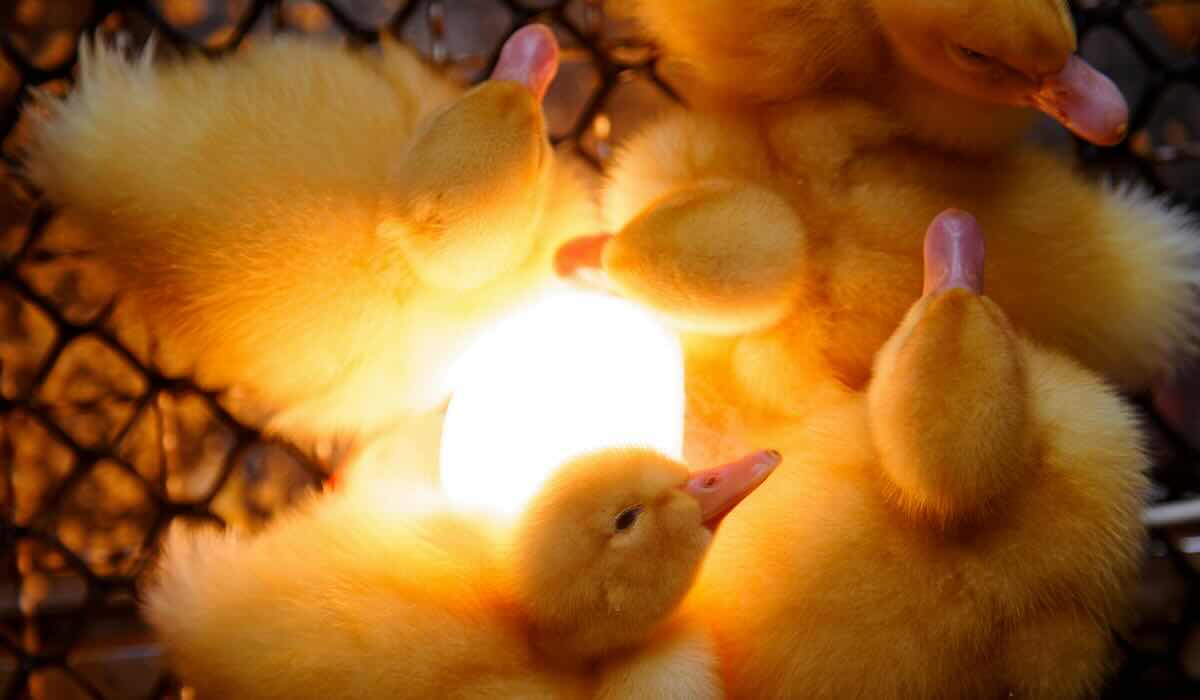
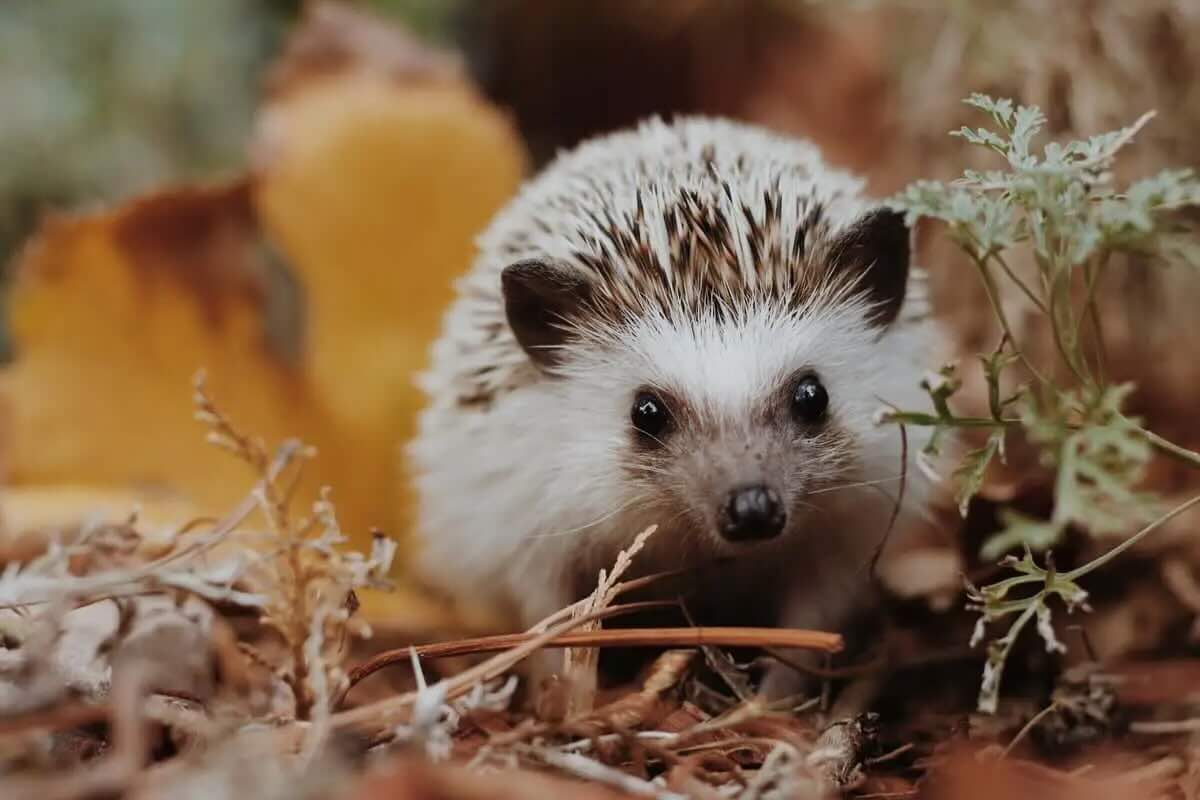
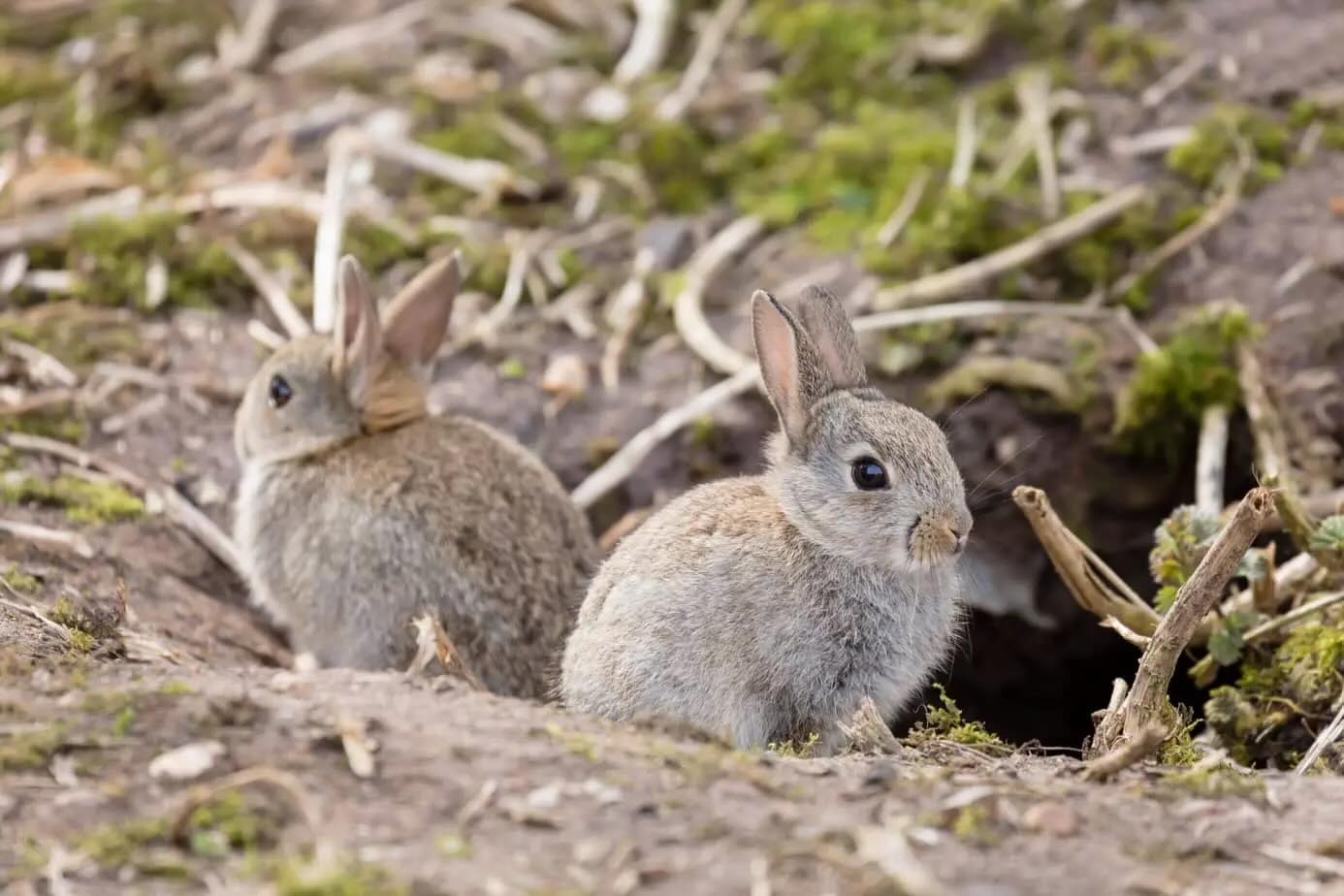
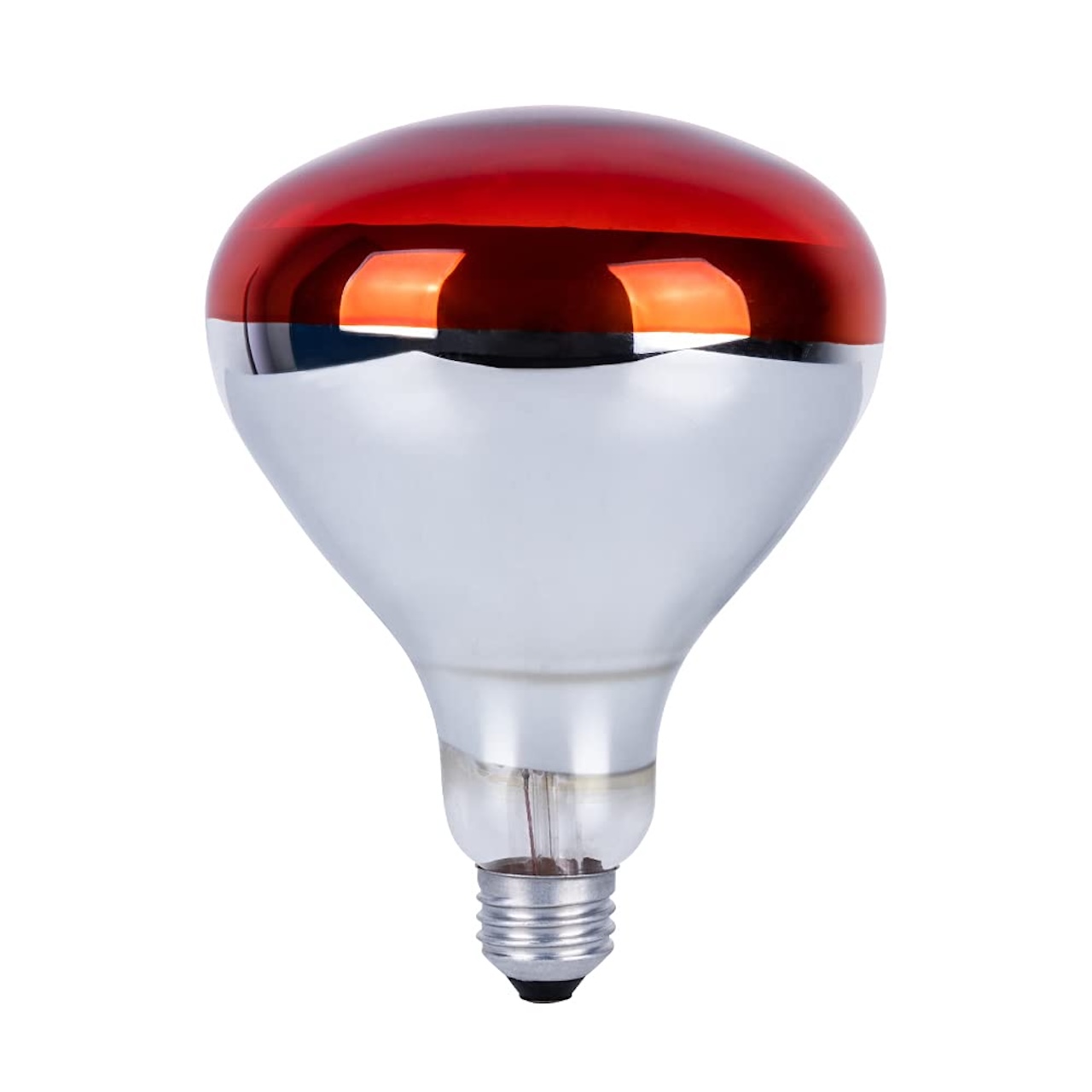
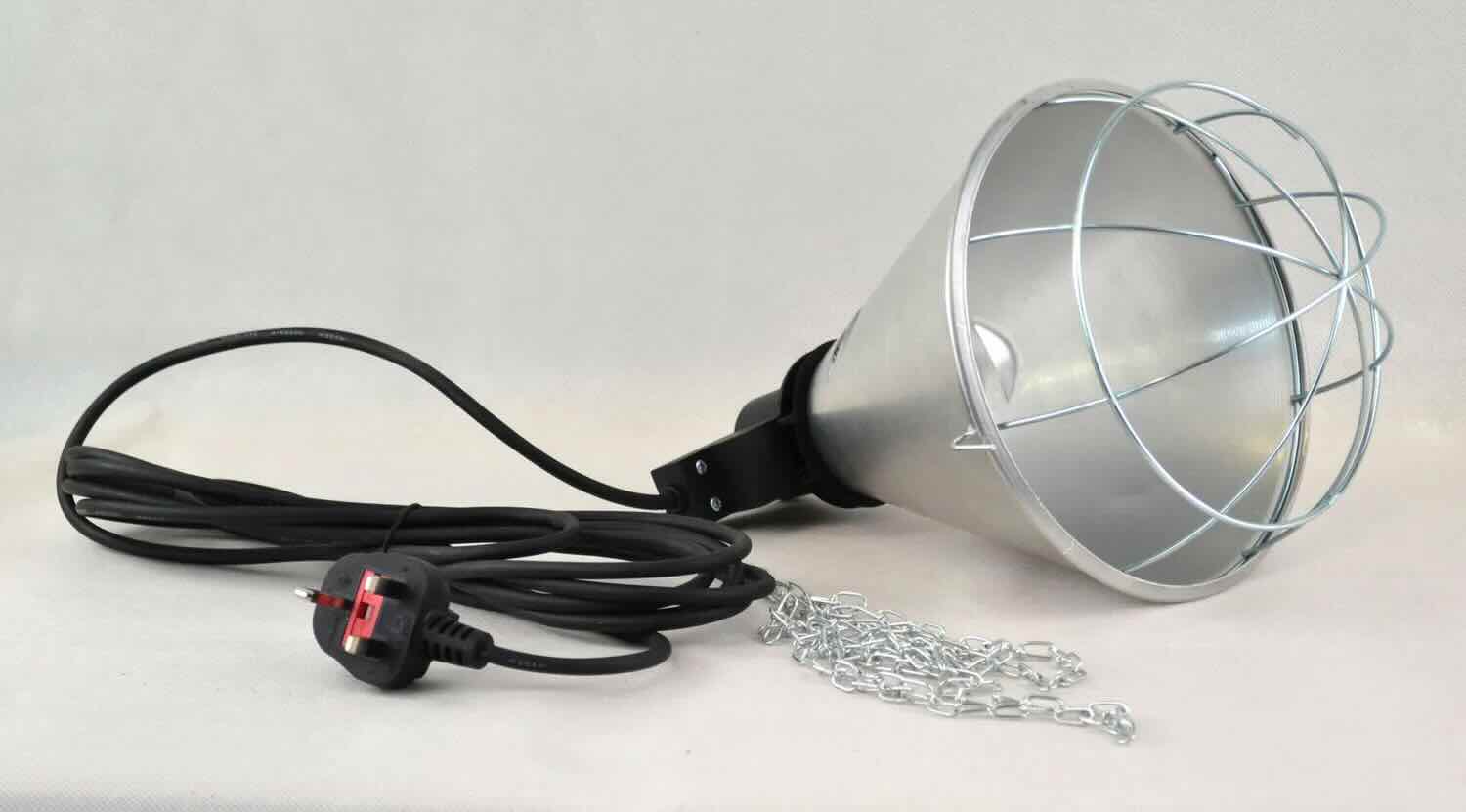
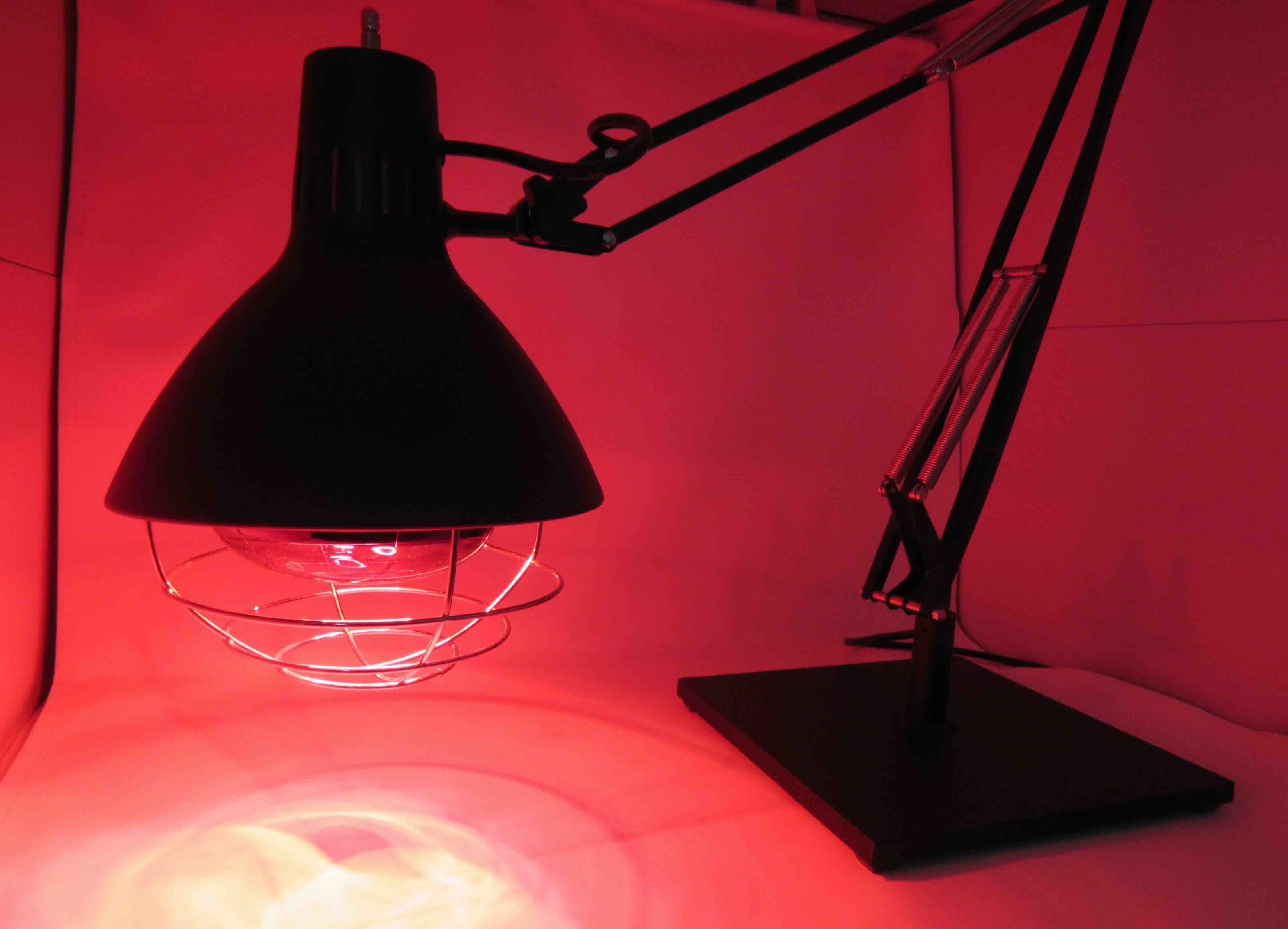
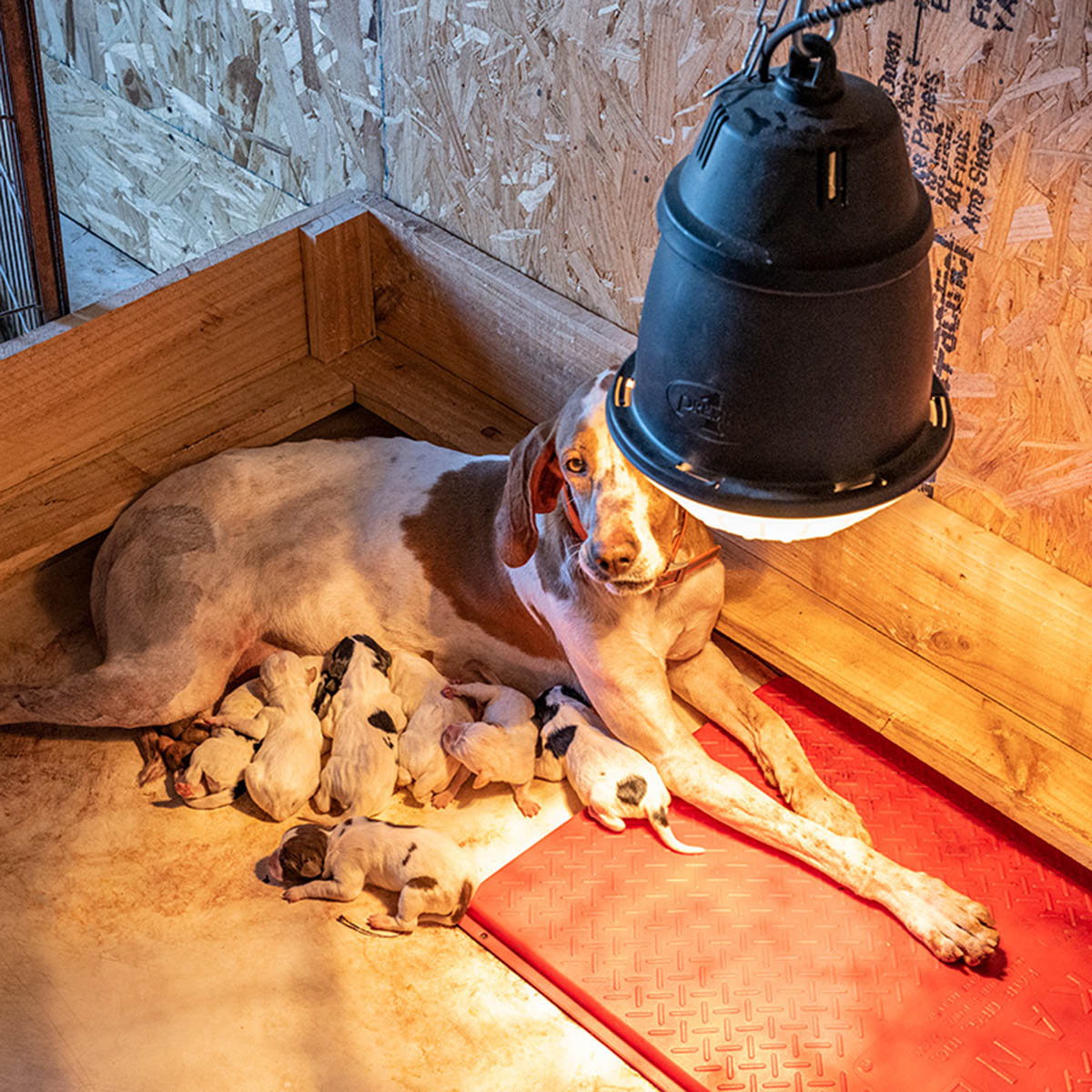
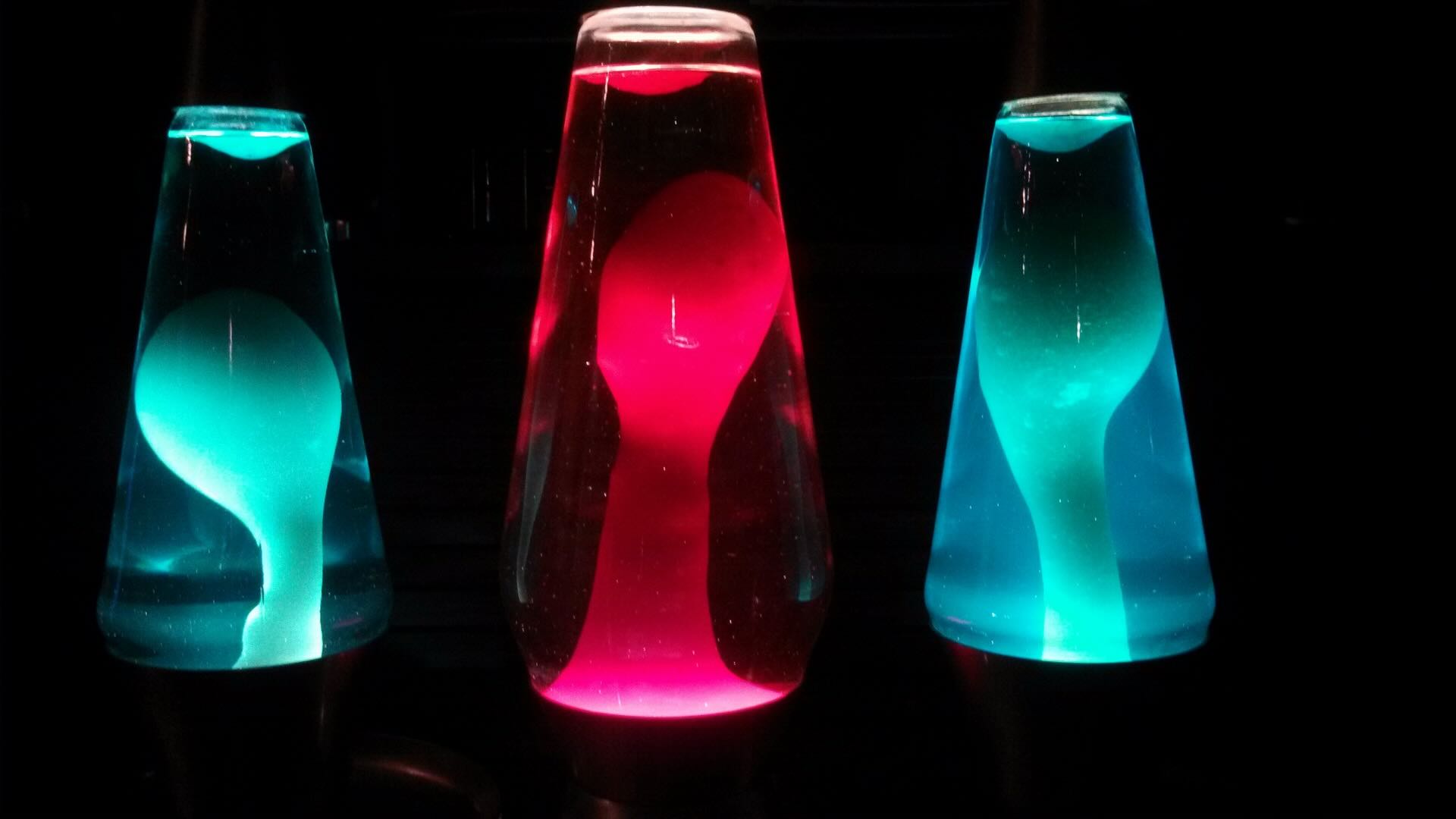
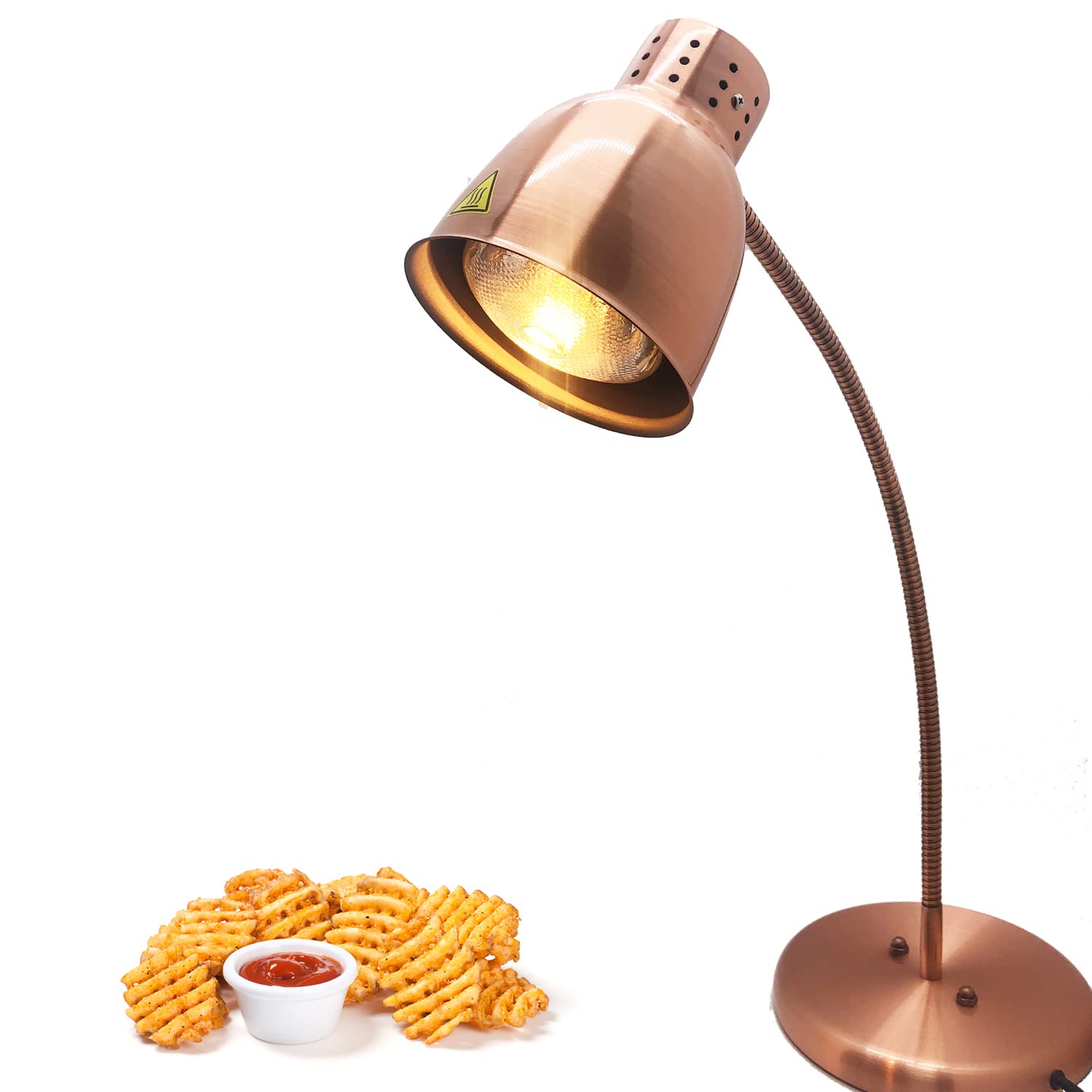
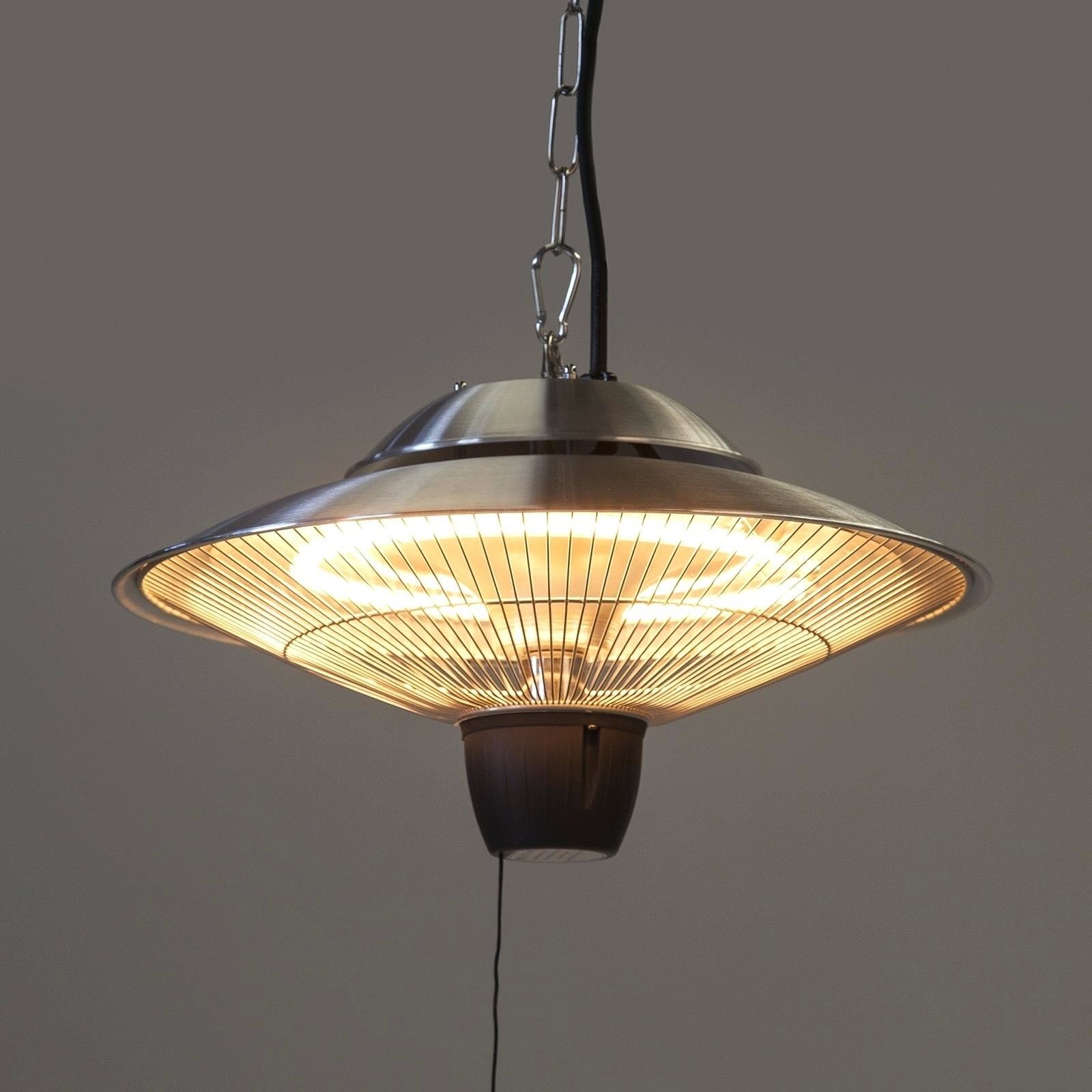
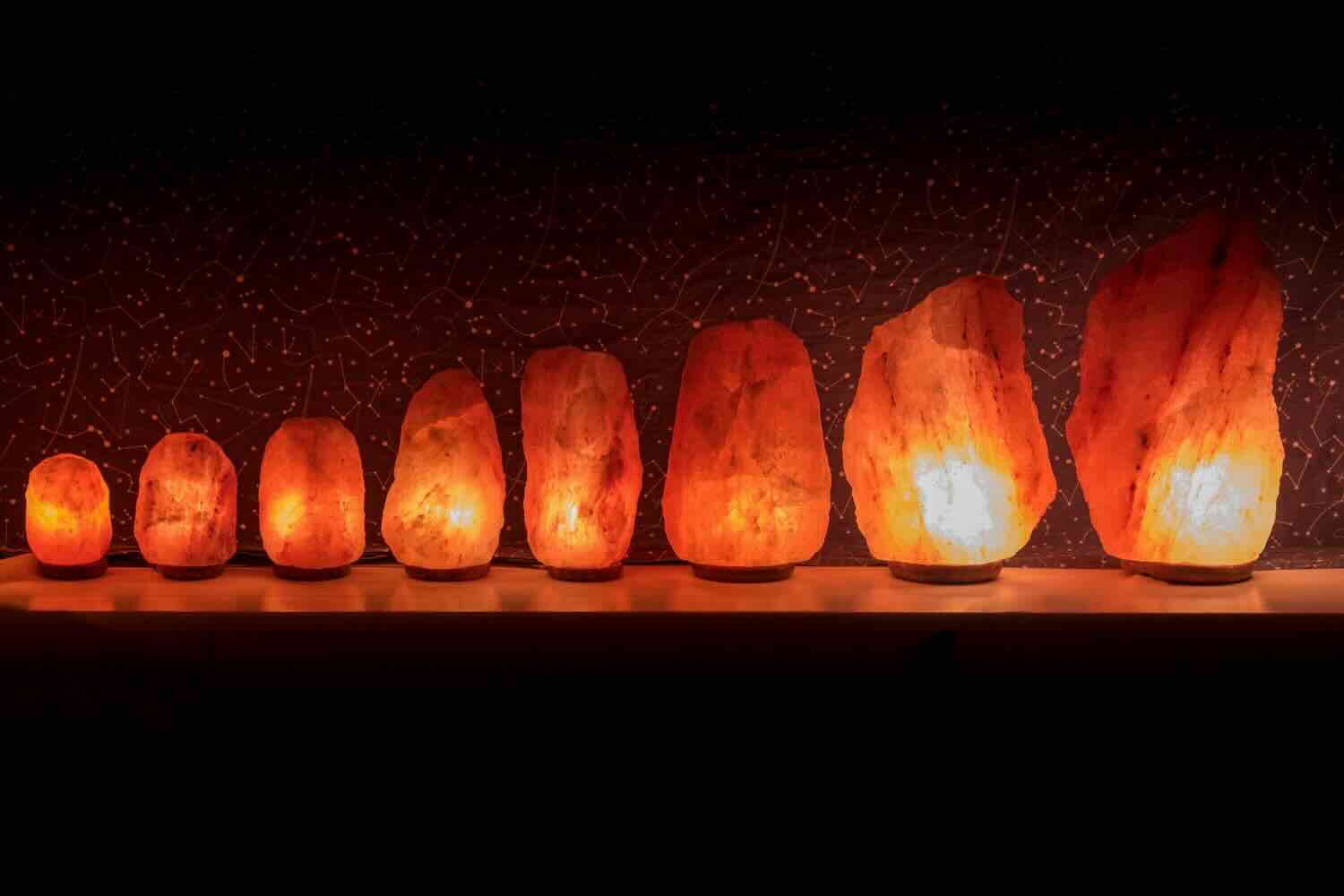

0 thoughts on “How Long Do Guinea Keets Need A Heat Lamp”